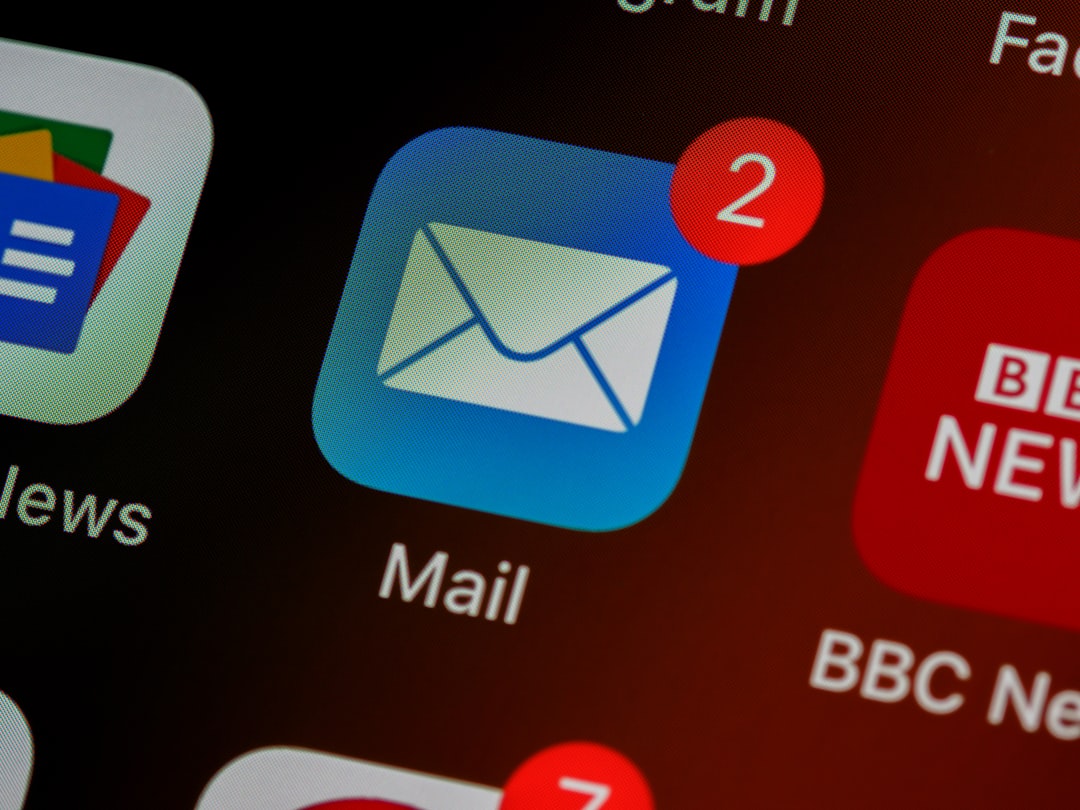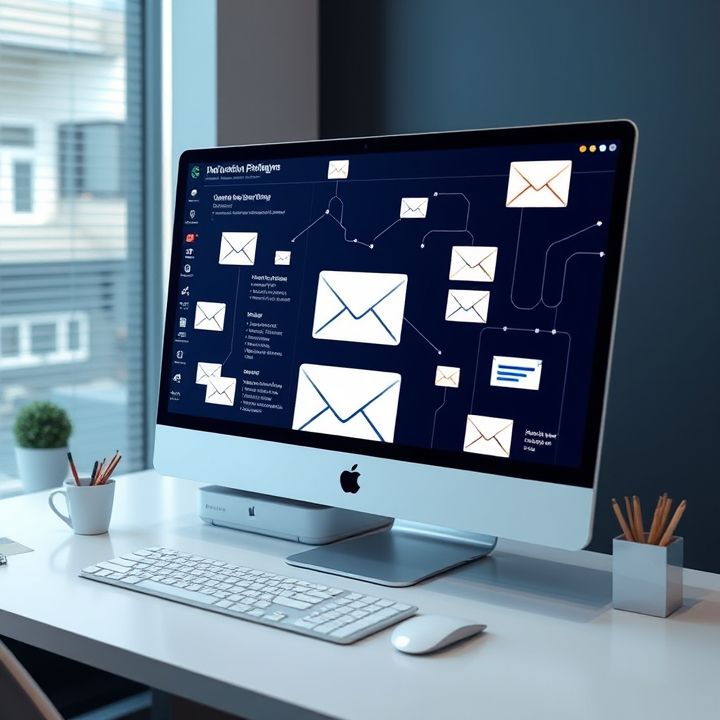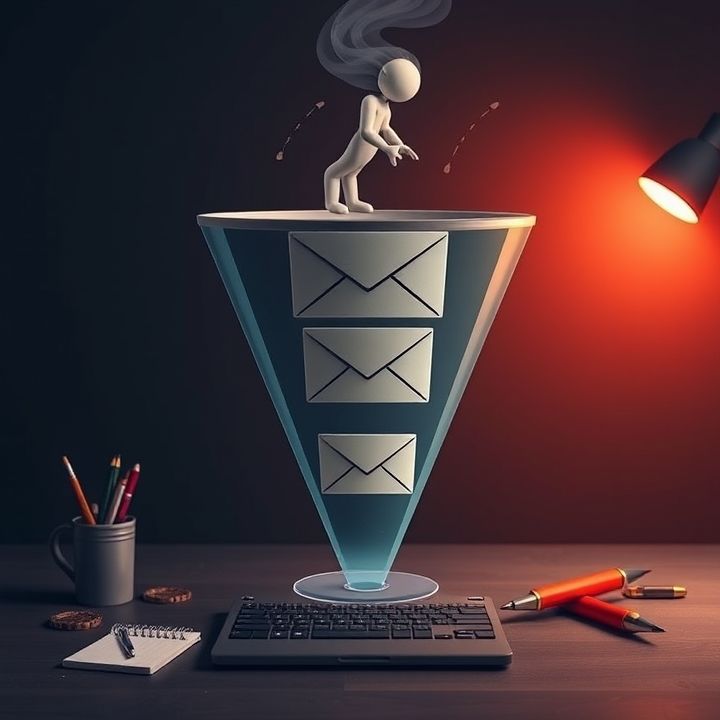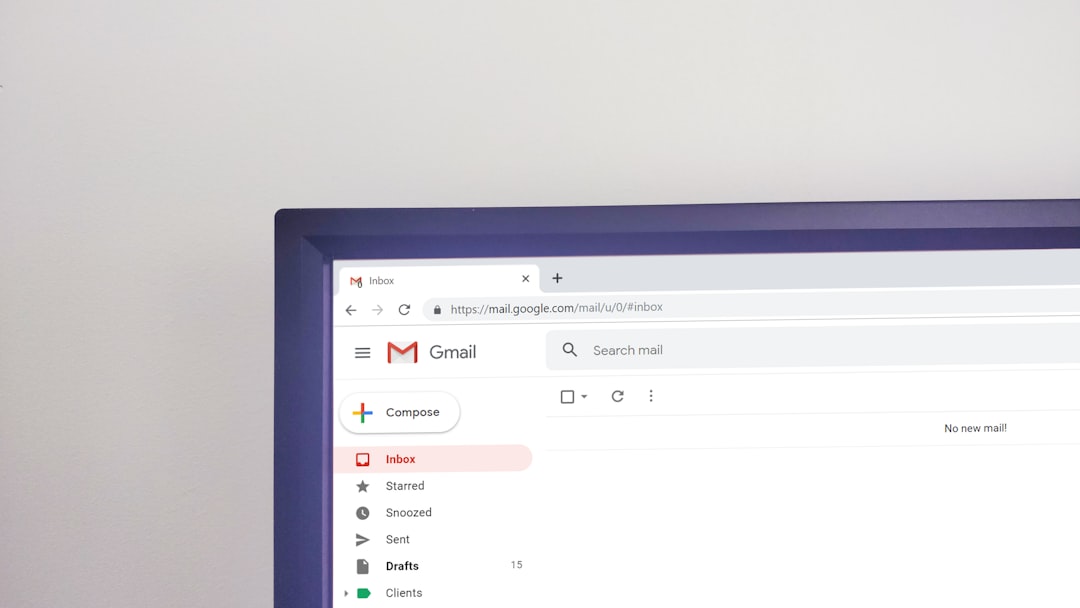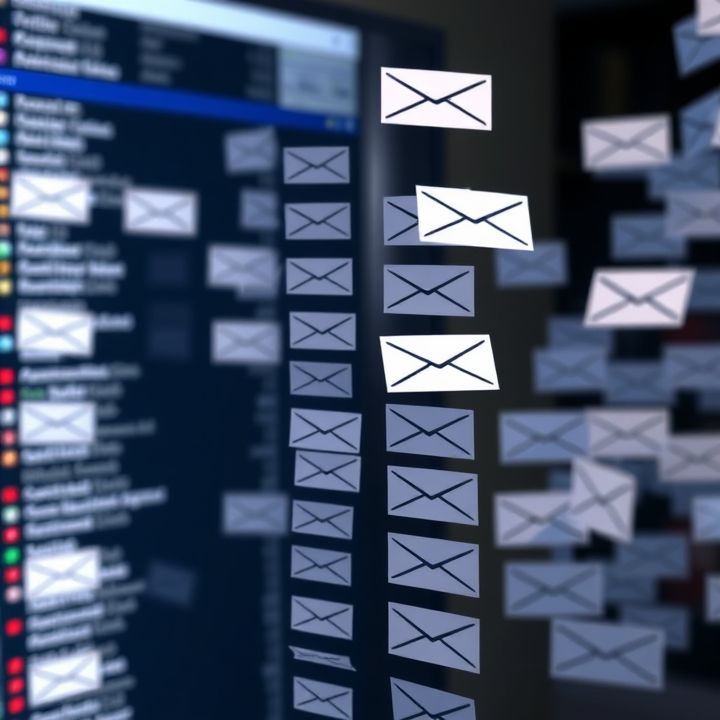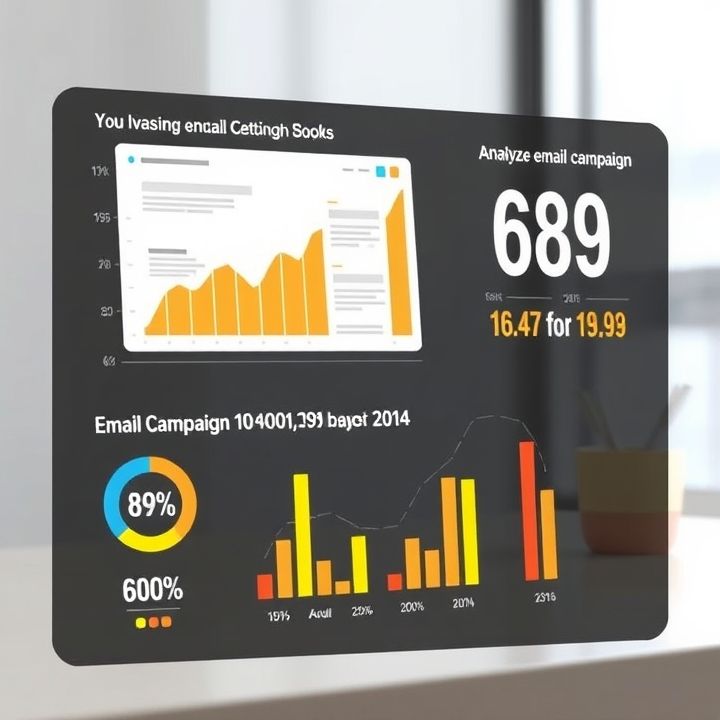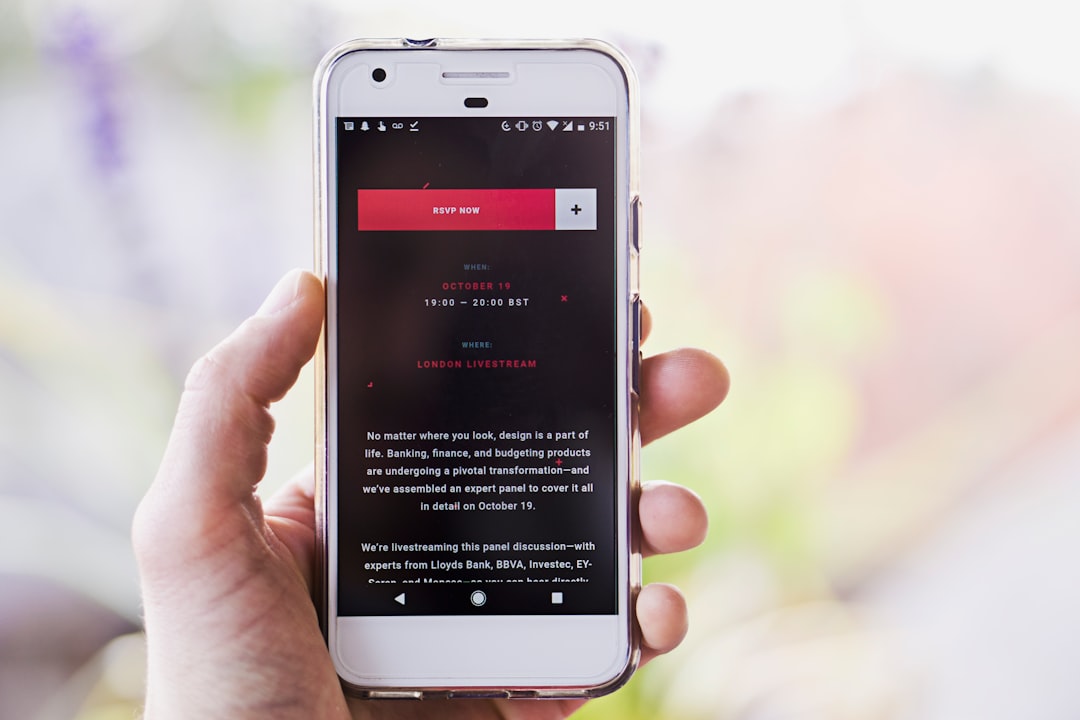Table of Contents
- Introduction
- Understanding Your Audience: How to Identify Subscriber Needs
- Creating Personalized Content: Segmentation and Targeting Techniques
- Utilizing Engaging Subject Lines and Preheaders
- Incorporating Interactive Elements: Enhancing Engagement Through Design
- Balancing Frequency and Content Quality
- Implementing Feedback Loops: Gathering and Applying Subscriber Insights
- Leveraging A/B Testing to Optimize Content
- Ensuring Mobile Optimization: Adapting Content for On-the-Go Reading
- Conclusion
- Frequently Asked Questions
Introduction
Are your email campaigns falling flat, leaving your subscribers uninterested, or worse, hitting that “unsubscribe” button? It’s time to unlock the secret world of email marketing that not only captures attention but keeps your audience eagerly awaiting your next mail. In an era where inboxes are overflowing, you need to ensure your emails stand out, captivate, and convert. 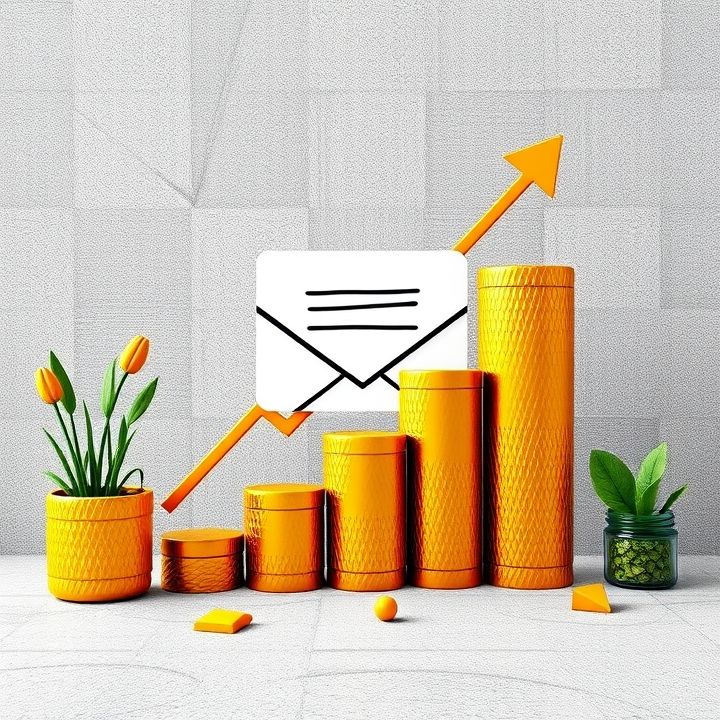
Below is a glimpse of what’s ahead:
| Strategy | Purpose |
|---|---|
| Compelling Subject Lines | Grab immediate attention |
| Personalized Content | Engage and connect with your audience |
| Optimized Sending Times | Maximize open rates |
These strategies are just the tip of the iceberg, leading to endless possibilities for engaging email marketing success. Continue reading to discover these powerful techniques and how you can implement them to craft the ultimate subscriber experience!
Understanding Your Audience: How to Identify Subscriber Needs
Understanding your audience is a crucial step in crafting email content that resonates with subscribers and meets their needs. One effective strategy is to segment your email list based on demographics, purchase history, or engagement levels. This allows you to tailor your content to specific groups, ensuring it is relevant and personalized.
Additionally, conducting surveys or polls can provide direct insights into what your subscribers are seeking. Ask about their preferences, challenges, and the type of content they find most valuable. This not only helps you align your emails with their expectations but also fosters a sense of involvement and appreciation.
Another strategy is to analyze engagement metrics such as open rates, click-through rates, and conversion rates. These metrics can indicate which types of content are working and where adjustments might be necessary.
Social media interactions and customer feedback can also reveal valuable insights into the interests and needs of your audience. Monitoring these platforms allows you to stay informed about trending topics and emerging needs. By constantly engaging with and learning from your subscribers, you can ensure your email content remains useful, relevant, and engaging.
Creating Personalized Content: Segmentation and Targeting Techniques
Creating personalized content for email subscribers is pivotal in enhancing engagement and building strong relationships. Segmentation and targeting are essential techniques to ensure that your message resonates with each individual subscriber.
Segmentation involves dividing your email list into smaller, more distinct groups based on specific criteria such as demographics, behavior, or interests. By doing so, you can tailor your content to meet the unique needs and preferences of each group, ensuring that your emails are relevant and compelling. Common segmentation criteria include age, gender, purchase history, and geographic location.
Targeting takes segmentation a step further by allowing you to craft messages that speak directly to the needs and desires of each segment. Personalized targeting might include using a subscriber’s name in the email or sending content that aligns with their past behaviors or future aspirations.
Embracing these strategies not only increases open and click-through rates but also builds trust and loyalty among your subscribers. Personalized content demonstrates that you understand and value your audience, which can lead to higher conversion rates and a more profitable email marketing effort.
Utilizing Engaging Subject Lines and Preheaders
Crafting compelling subject lines and preheaders is a crucial strategy in ensuring your emails capture the attention of subscribers. An intriguing subject line serves as the first impression and can significantly influence whether an email is opened or ignored. To make subject lines engaging, keep them concise yet informative, ensuring they hint at the content’s value or urgency. Incorporating personalization, such as the recipient’s name, can increase open rates by establishing a direct connection. Similarly, using questions or numbers can intrigue and motivate subscribers to explore further.
Preheaders act as a secondary hook, providing additional insight into what the email offers. It’s vital that preheaders complement the subject line by elaborating on the benefits or exclusive content within the email without duplicating information. For instance, if the subject line announces a special discount, the preheader can specify the offer’s duration or exclusivity, encouraging quick action. Aligning both elements strategically can create a cohesive and appealing call to action, ultimately enhancing engagement and delivering value to your audience.
Incorporating Interactive Elements: Enhancing Engagement Through Design
Incorporating interactive elements into email content is a powerful strategy to enhance engagement and captivate subscribers. By doing so, you create an immersive experience that encourages readers to actively participate, making the content more memorable and impactful. One effective way to do this is by using clickable images, which allow subscribers to access additional information or complete actions directly from the email. Additionally, incorporating polls or surveys within the email can provide valuable insights into subscribers’ preferences and interests, tailoring future content to their needs.
Another interactive element is the use of GIFs or short videos, which can convey messages quickly while adding a dynamic and visually appealing component to the email. Furthermore, buttons and call-to-action prompts encourage engagement by guiding readers toward specific actions, such as visiting a website or signing up for an event. These design strategies not only capture attention but also foster a deeper connection with the audience by providing personalized and relevant content.
Overall, interactive elements transform traditional email content into an engaging and interactive experience, ultimately boosting subscriber satisfaction and enhancing the effectiveness of your email marketing strategy.
Balancing Frequency and Content Quality
Finding the right balance between how often you send emails and the quality of the content within them is crucial for maintaining subscriber engagement. On one hand, frequent emails can keep your audience informed and increase brand visibility. On the other hand, sending too many emails can overwhelm your subscribers, potentially leading to higher unsubscribe rates. Therefore, scheduling consistent, yet spaced-out communications can help maintain interest without causing annoyance.
Content quality must never be compromised for the sake of frequency. Each email should deliver tangible value—whether through useful information, engaging storytelling, or exclusive offers. To achieve this, understanding your audience’s needs and preferences is essential. Use analytics and feedback to tailor content that resonates with your subscribers. Incorporating personalization techniques can further enhance relevance and engagement.
Another strategy is to segment your email list based on various factors such as behavior, preferences, or demographics. This allows for more targeted and meaningful content distribution. Ultimately, the goal is to create an email strategy where frequency and quality complement each other, ensuring that every communication is anticipated and welcomed by your subscribers.
Implementing Feedback Loops: Gathering and Applying Subscriber Insights
Implementing feedback loops in your email marketing strategy is crucial for ensuring that the content remains valuable and relevant to your subscribers. Feedback loops involve gathering insights and opinions from your audience and applying these insights to refine and enhance your content. One effective method to collect feedback is through surveys and polls included directly in your emails. These tools can provide you with valuable data on what topics resonate most with your audience, which formats are preferred, and how frequently they wish to receive your emails.
Another approach is to analyze email engagement metrics, such as open rates, click-through rates, and unsubscribe rates. These metrics offer quantitative insights into what is working and what needs adjustment. Encouraging direct responses from subscribers by including a dedicated email for feedback can also foster a more engaged community. Additionally, implementing A/B testing allows you to experiment with different email elements, such as subject lines, visuals, and calls-to-action, to determine what yields the best results.
By continually incorporating subscriber feedback and adapting to their preferences, you can maintain a content strategy that is not only relevant but also drives higher engagement and satisfaction among your audience.
Leveraging A/B Testing to Optimize Content
A/B testing is a powerful tool for optimizing email content. This strategy involves creating two versions of an email, with one variable altered, and sending them to a small segment of your audience to see which performs better. By analyzing metrics such as open rates, click-through rates, and conversion rates, marketers can gather valuable insights into what resonates with their subscribers.
Through A/B testing, you can experiment with different subject lines, call-to-action placements, or even email designs to determine the most effective combination. This helps to ensure that the content is not only engaging but also aligns with the preferences and interests of your audience. The testing process enables you to make data-driven decisions and gradually refine your content strategy to maximize impact.
Moreover, A/B testing fosters continuous improvement, allowing you to adapt quickly to changes in subscriber behavior or market trends. It’s important to test one element at a time to accurately assess its impact. Over time, this iterative process leads to more effective and efficient email campaigns, enhancing subscriber engagement and driving better results for your business.
Ensuring Mobile Optimization: Adapting Content for On-the-Go Reading
In today’s fast-paced world, ensuring that email content is optimized for mobile devices is crucial. With the increasing number of users accessing their emails on smartphones and tablets, adapting your content for on-the-go reading is a top priority. One effective strategy is to employ a responsive design, which automatically adjusts the layout of your email to fit different screen sizes. This ensures that your content looks appealing and remains easy to read, regardless of the device being used.
Another important factor is the length of your email. Mobile screens have limited space, so it is essential to keep your messages concise and to the point. Use short paragraphs, bullet points, and subheadings to break up text and make it easier to digest. Additionally, ensure that your call-to-action buttons are easily clickable and well-placed to drive engagement.
Consider using pre-header text effectively, as it serves as a preview that encourages recipients to open the email. Ensure your images are optimized for faster loading times and include alt text for accessibility. By focusing on these elements, you can create a seamless and pleasant reading experience for your subscribers, even on the go.
Conclusion
Mastering the art of email marketing requires a blend of understanding your audience, personalization, innovation, and continuous improvement. By implementing the strategies outlined in this guide, such as leveraging subscriber data for targeted content, crafting engaging subject lines, and incorporating interactive elements, you can significantly enhance the quality and impact of your email campaigns. Additionally, fine-tuning your approach with A/B testing and feedback loops ensures your content stays relevant and effective. Don’t underestimate the power of mobile optimization, as it plays a crucial role in reaching subscribers wherever they are. By balancing the frequency of your emails with high-quality content, you can keep your audience engaged without overwhelming them. Remember, each touchpoint is an opportunity to build trust and loyalty, ultimately converting subscribers into advocates for your brand. Embrace these strategies to transform your emails from mere messages into engaging experiences that captivate your subscribers and drive profitable results for your business. As the digital landscape evolves, staying adaptable and attentive to your audience’s needs will set your email strategy apart from the competition, ensuring long-term success.
